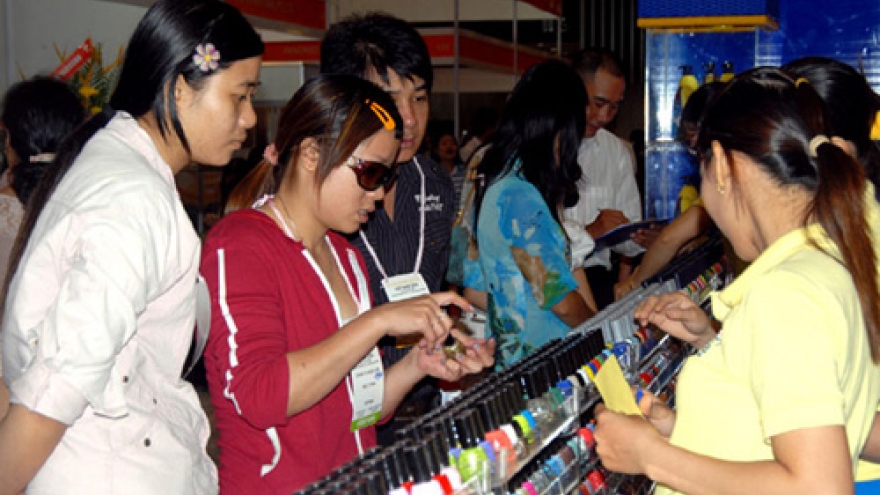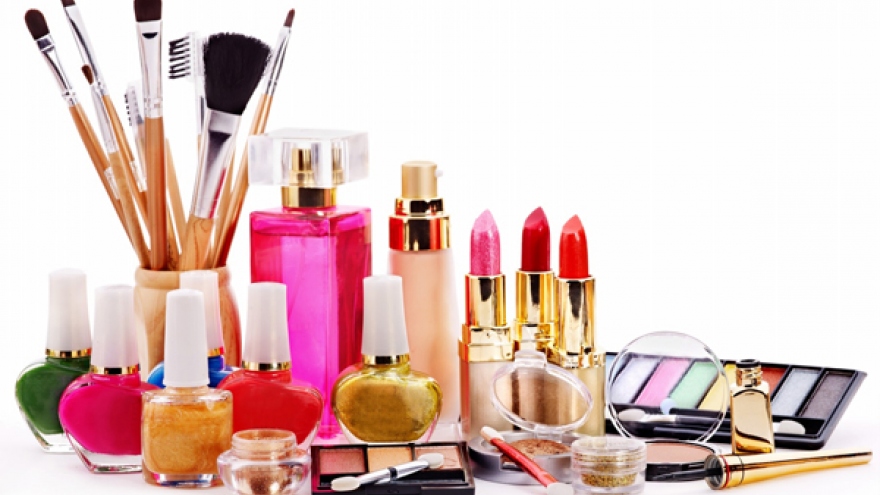Vietnamese cosmetics less favored as foreign products dominate market
Vietnam is a large cosmetics market with turnover of US$1.1 billion last year, but there is now little room for Vietnamese manufacturers.
They said they wanted to reserve retail premises for international prestigious brands which will be more favored by Vietnamese.
 |
Vietnamese pay high prices for foreign cosmetics, but ignore Vietnamese-made products even if they are much cheaper.
My Secret is one of the very few Vietnamese cosmetics brands becoming better known as its products are made of organic oil. However, many consumers still hesitate to buy My Secret products.
A My Secret lipstick is sold at VND500,000, equal to the price of a made-in-Korea lipstick. However, to Vietnamese, VND500,000 is too much for a Vietnamese product.
Christie Ho, a co-founder of Skinna, also a Vietnamese brand, conducted a mini survey and raised a question: “What if Skinna is made in the US and imported to Vietnam with the selling price 20%-30% higher? Will this change your thoughts about Skinna?”
The founders of La House, My Secret and Skinna, three Vietnamese brands, still continue to popularize Vietnamese products in the Vietnamese market but have found it difficult.
The art of marketing
Vietnamese cosmetics brands were once famous 20 years ago. Thorakao was one of them but the brand has fallen into oblivion since foreign brands have penetrated the domestic market. Only middle-aged women now favor Thorakao’s products, which are made of natural materials.
Analysts commented that Vietnamese brands like Thorakao can conquer Vietnamese hearts with their high-quality organic products as consumers now favor products made of natural materials. However, the key is in marketing.
A branding expert said he was surprised when visiting the website of Ngoc Lan Cosmetics and found that ‘co Lan’ (Ms Lan), the image representing the brand, is an older woman.
This, plus weak advertising campaigns in the domestic market and poor design, all make Ngoc Lan cosmetics less attractive in consumers’ eyes, though Ngoc Lan cosmetics exports are welcomed in the world market.



